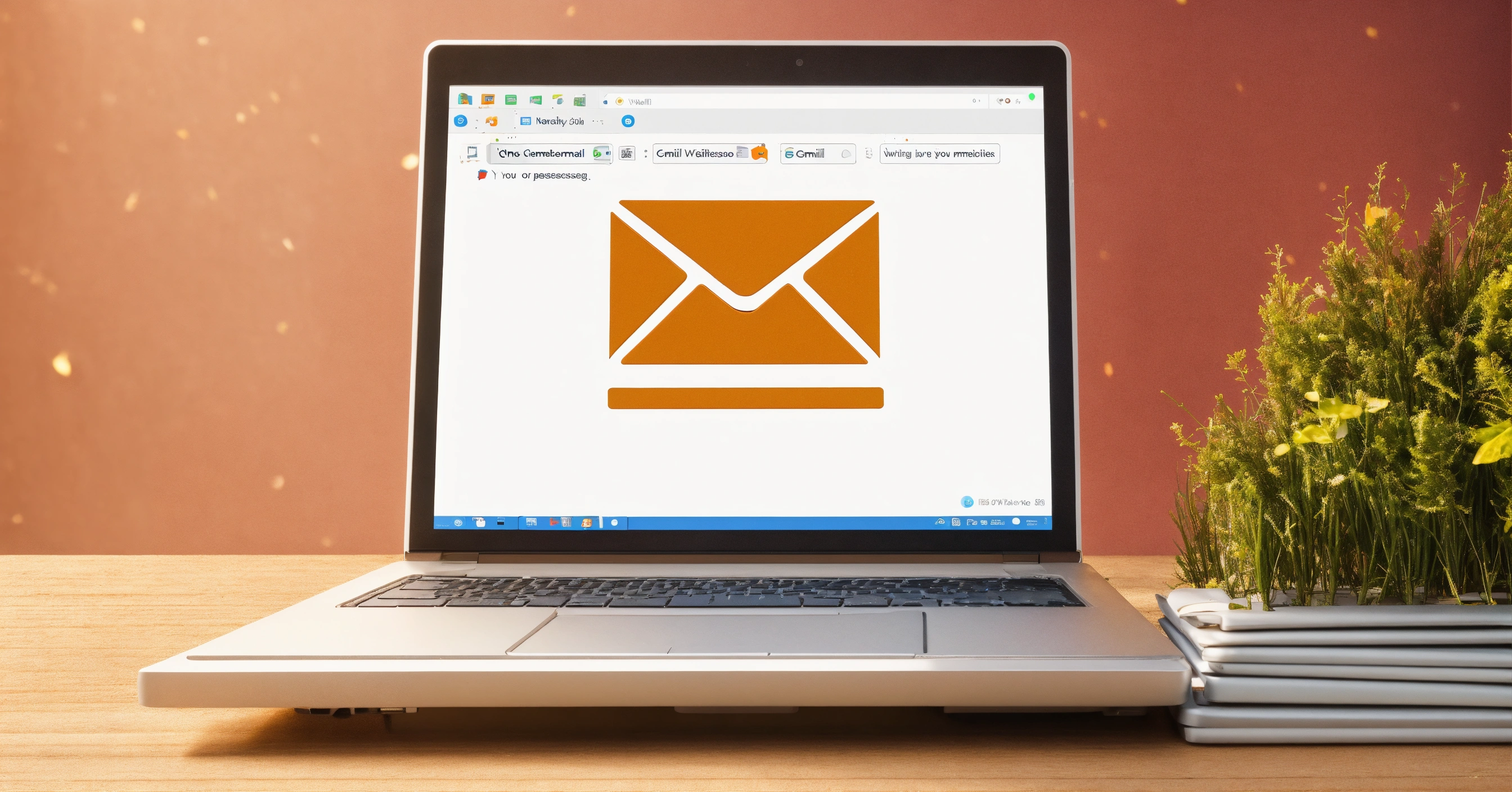Email Marketing: The Complete Guide to Driving Engagement and Conversions
Introduction to Email Marketing
Email marketing remains one of the most powerful and cost-effective digital marketing channels. It allows businesses to communicate directly with their audience, nurture relationships, and drive measurable results. With billions of emails sent daily, standing out requires strategic planning, engaging content, and optimized delivery. When executed correctly, email campaigns can deliver unmatched ROI, strengthen brand loyalty, and significantly boost conversions.
The Importance of Email Marketing in Modern Business
Email marketing is more than sending newsletters; it is a highly targeted, data-driven communication strategy. It allows businesses to:
-
Build and maintain customer relationships
-
Promote products or services directly to an interested audience
-
Drive traffic to websites and landing pages
-
Increase sales through personalized offers
-
Automate customer journeys for efficiency
Unlike social media, where algorithms control visibility, email provides a direct line to subscribers, ensuring messages reach the inbox.
Understanding Email Marketing Fundamentals
What is Email Marketing?
Email marketing is the practice of sending commercial or informative messages to a group of people via email. These messages may include promotions, updates, educational content, or personalized offers aimed at engaging the recipient.
Key Benefits
-
Direct Communication: Reach subscribers without relying on third-party platforms.
-
Cost Efficiency: High ROI compared to other channels.
-
Personalization: Tailor content based on demographics, behavior, and purchase history.
-
Measurable Performance: Track open rates, click-through rates, and conversions.
Building a Strong Email List
The Foundation of Email Marketing
A high-quality email list is critical for success. Rather than purchasing email lists—which often results in poor engagement and spam complaints—focus on organic list building through ethical methods.
Effective List-Building Strategies
-
Opt-In Forms on Your Website
-
Place strategically positioned sign-up forms on landing pages, blog posts, and product pages.
-
Offer incentives such as exclusive content, discounts, or free trials.
-
-
Lead Magnets
-
Create valuable resources like ebooks, webinars, or checklists in exchange for email sign-ups.
-
-
Social Media Integration
-
Use platforms like Facebook and Instagram to promote email sign-up opportunities.
-
-
Event and Webinar Registrations
-
Capture attendee information to nurture them post-event.
-
-
Referral Programs
-
Encourage existing subscribers to refer friends for rewards.
-
Crafting High-Performing Email Campaigns
Types of Email Campaigns
-
Welcome Emails
-
Make a strong first impression with warm, informative, and value-packed messages.
-
-
Promotional Emails
-
Highlight special offers, product launches, or seasonal sales.
-
-
Transactional Emails
-
Order confirmations, shipping updates, and account notifications.
-
-
Newsletter Campaigns
-
Provide regular updates, industry news, and valuable insights.
-
-
Re-Engagement Campaigns
-
Target inactive subscribers with compelling reasons to return.
-
Writing Effective Email Copy
Subject Lines That Boost Open Rates
The subject line determines whether an email gets opened or ignored. Use:
-
Curiosity: “You won’t believe what’s inside…”
-
Urgency: “Last chance to claim your discount”
-
Personalization: “John, your exclusive offer is here”
Engaging Body Content
-
Keep sentences concise and actionable.
-
Use storytelling to connect emotionally.
-
Highlight benefits over features.
Call-to-Action (CTA)
-
Use clear, compelling CTAs like “Shop Now,” “Get Started,” or “Reserve Your Spot.”
-
Place CTAs strategically for maximum visibility.
Personalization and Segmentation
Why Segmentation Matters
Sending the same message to every subscriber can reduce engagement. Segmentation involves dividing your email list based on:
-
Demographics (age, gender, location)
-
Purchase history
-
Engagement behavior
-
Interests
Advanced Personalization Techniques
-
Dynamic content based on browsing history
-
Personalized product recommendations
-
Location-specific offers
Designing Emails for Maximum Impact
Responsive Email Design
With most users checking emails on mobile devices, ensure your emails are mobile-friendly:
-
Use single-column layouts.
-
Keep text legible with larger fonts.
-
Optimize images for fast loading.
Visual Elements
-
Include high-quality images that align with your brand.
-
Use consistent color schemes and branding.
Email Automation for Efficiency
Automated Email Workflows
Automation saves time while ensuring timely and relevant communication:
-
Welcome sequences for new subscribers
-
Abandoned cart reminders for ecommerce
-
Post-purchase follow-ups
-
Birthday or anniversary messages
Behavior-Based Triggers
Emails triggered by user actions—such as visiting a product page—can increase conversion rates significantly.
Optimizing Email Deliverability
Best Practices
-
Maintain a clean email list by removing inactive subscribers.
-
Avoid spam-trigger words in subject lines.
-
Authenticate your domain with SPF, DKIM, and DMARC.
-
Use reputable email service providers.
Measuring and Improving Performance
Key Metrics to Track
-
Open Rate: Measures the percentage of recipients who opened the email.
-
Click-Through Rate (CTR): Tracks the percentage who clicked links.
-
Conversion Rate: Measures actions taken post-click.
-
Bounce Rate: Identifies invalid or unreachable email addresses.
-
Unsubscribe Rate: Helps gauge content relevance.
A/B Testing
Experiment with:
-
Subject lines
-
Email layouts
-
CTA placement and wording
-
Sending times
Integrating Email Marketing with Other Channels
Email marketing works best when combined with:
-
Content Marketing: Share blog posts and guides via email.
-
Social Media: Cross-promote content and campaigns.
-
SEO Strategies: Drive subscribers to optimized landing pages.
-
Paid Ads: Use email lists for retargeting campaigns.
Legal and Ethical Considerations
Compliance with Email Regulations
Follow laws like:
-
CAN-SPAM Act (US)
-
GDPR (EU)
-
CASL (Canada)
Key compliance practices include:
-
Obtaining explicit consent
-
Providing clear unsubscribe options
-
Being transparent about data usage
Trends Shaping the Future of Email Marketing
-
AI-Powered Personalization: Machine learning for hyper-targeted campaigns.
-
Interactive Emails: Clickable elements, polls, and embedded videos.
-
Dark Mode Optimization: Ensuring emails display well in all viewing modes.
-
AMP for Email: Real-time content updates within emails.
Conclusion
Email marketing remains an indispensable tool for businesses seeking measurable growth and stronger customer relationships. By building a targeted list, crafting personalized messages, optimizing design, and leveraging automation, companies can maximize engagement and drive conversions. When integrated with a comprehensive marketing strategy, email becomes a high-performing engine that consistently delivers results.
